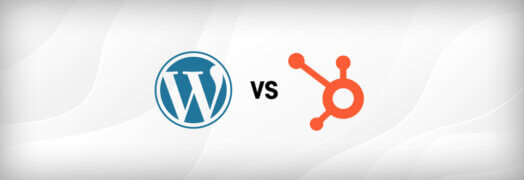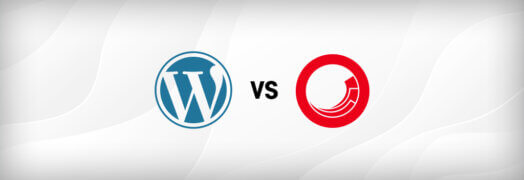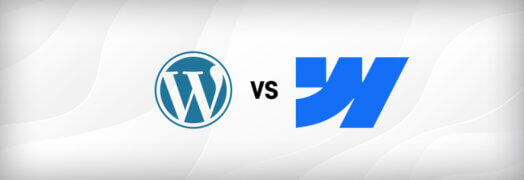Leaders in the business world rarely find themselves only rarely dabbling in the vast field of art and design. But on those rare occasions when your company is going through a rebranding or is implementing new marketing materials, you may find yourself thinking about how to best communicate the ideal image of your business. You might even start using terms like “colorful,” “bold,” and “sleek,” which start bubbling up from the depths of your mind like you’re back in that mandatory high school art class.
A very popular descriptive term we’ve recently heard a lot of at Bop Design is “minimal.” Minimal, according to Marriam-Webster, is “a style or technique (as in music, literature, or design) that is characterized by extreme spareness and simplicity.” Basically, less is more. Clients often request minimal design for their websites.
Website design, generally speaking, is a combination of function and form, in which companies can display their most compelling content and create an image for their company simultaneously in order to generate business and connect with their target market. That sounds like a lot of function, doesn’t it? Well, that’s where much of the difficulty with minimal website design comes into play in the business world.
B2B product and service firms typically have a lot of functional elements they want, and sometimes even need, to have on their websites. These elements could include service descriptions, multiple contact forms, calls-to-action, and the like. If this is the case, but a minimal website design is preferred, these businesses need to be willing to make some functional and content-related sacrifices in order to create a successful minimal design. The less content the designer is given, the better they can work with balancing negative space and highlighting the key design and content elements most beneficial to the firm.
Benefits of Minimal Website Design
- Benefit: Navigation is more noticeable and clear to the user.
- Result: Easier, quicker navigation through more pages of your website.
- Benefit: Content has more negative space surrounding it.
- Result: Content is easier to read and digest, meaning users will comprehend your brand message and relate to your services better.
- Benefit: Content hierarchy is more prevalent.
- Result: Users can more easily distinguish the more important content from the less important content and will ultimately take the actions your company prefers them to take (i.e. call, email, purchase, etc.).
- Benefit: Companies will really focus on the main messages most important to communicating what their company does.
- Result: Efficient communication builds brand recognition, as well as positive internal and external feelings towards brand association (i.e. builds a positive following, people get excited being a part of your brand). It is also good practice for firms to really think about the content and branding preference that has the most influence over their target markets, as they can better understand and promote those positive and unique qualities that set them apart from their competitors.
It might be a bit unnerving for firms to subtract some of the functional items from the website. After all, there is value in having those functions. But if the minimal design is executed properly and the navigation is efficient, then these items are not necessary, as the user should be able to locate the blog and navigate the site with ease.
If your firm is looking to implement a minimal website design, below are some things to consider before taking the minimalist leap.
- What are the goals of your website? For example, do you just need to educate people about your products and services? Or, do they actually buy on your site through an online shopping cart?
- How much functionality do your prospects and customers expect? What do they want to be able to do on your site?
- How will your website promote your brand message and set you apart from competitors? Is your brand message strong enough to hold up within a minimal design? If not, what could you do to make it stronger?
- How important are the visual elements of your website to creating and supporting your brand? Are the elements you would have to sacrifice to have a minimal design critical to the success of your website?
Helpful Links:
https://www.merriam-webster.com/dictionary/minimalism
https://www.smashingmagazine.com/2008/11/17/showcase-of-minimalist-and-clean-designs/
Examples of Minimalist Sites:
https://www.mnml.com/
https://minimalissimo.com/
https://www.minimalsites.com/
https://www.1stwebdesigner.com/inspiration/beautiful-examples-minimal-design-inspiration/



